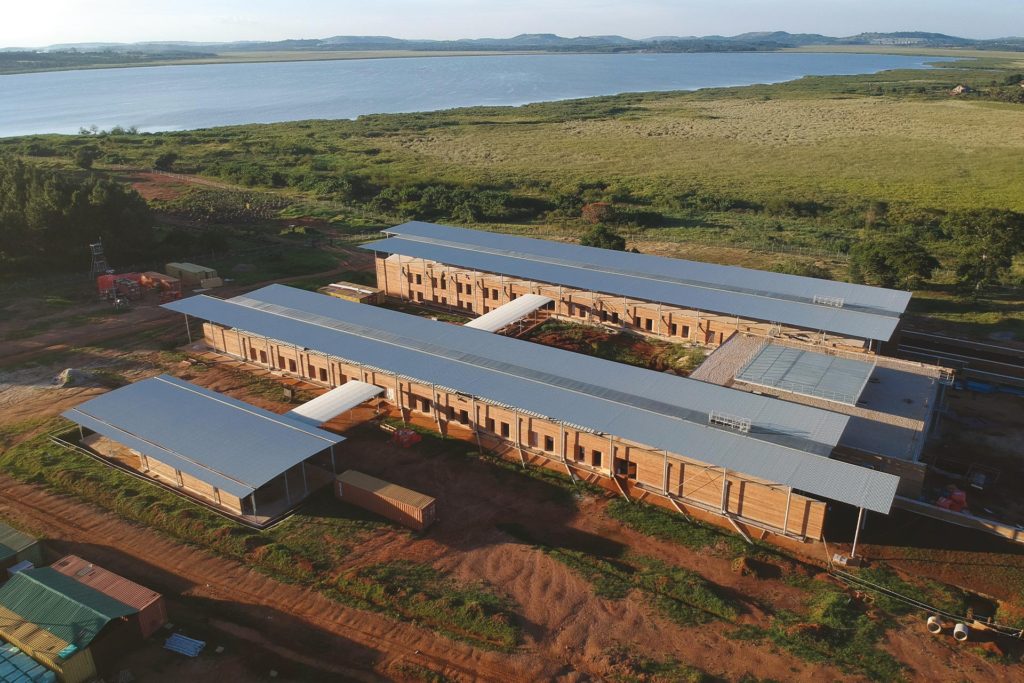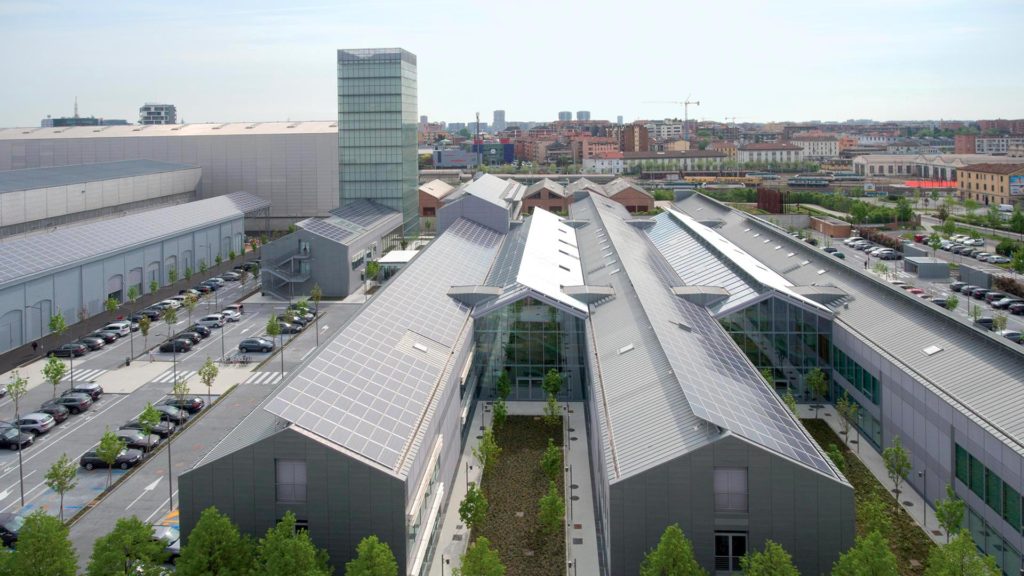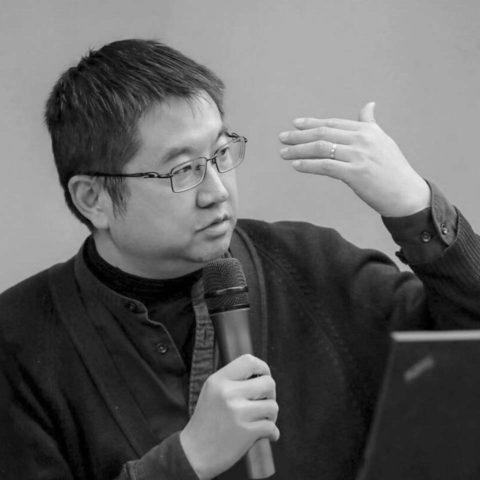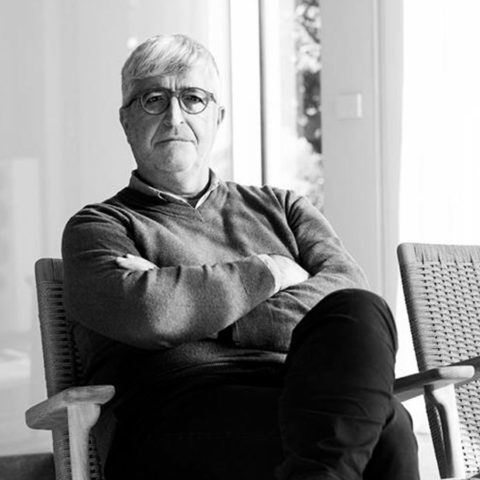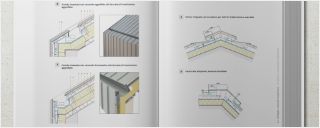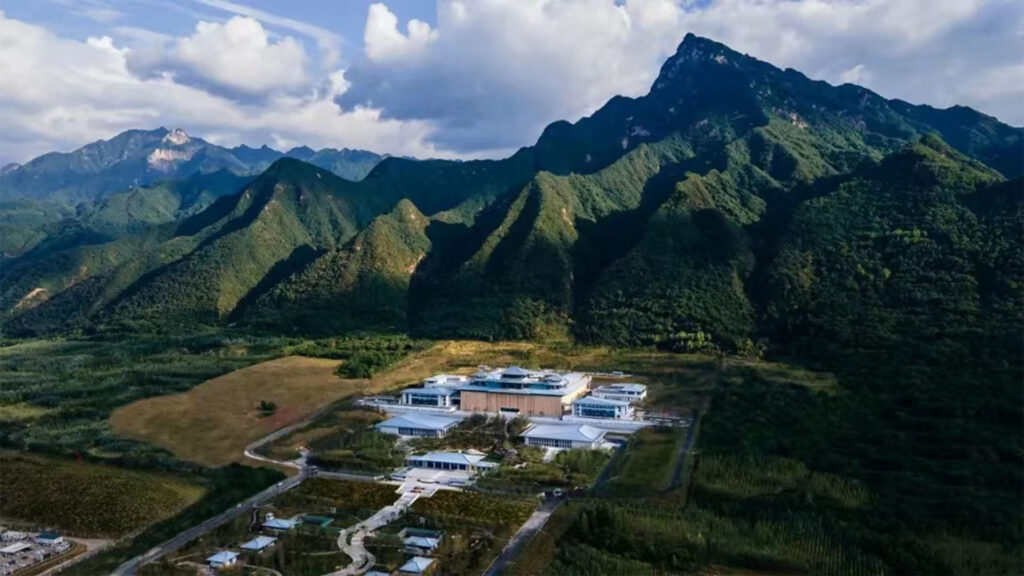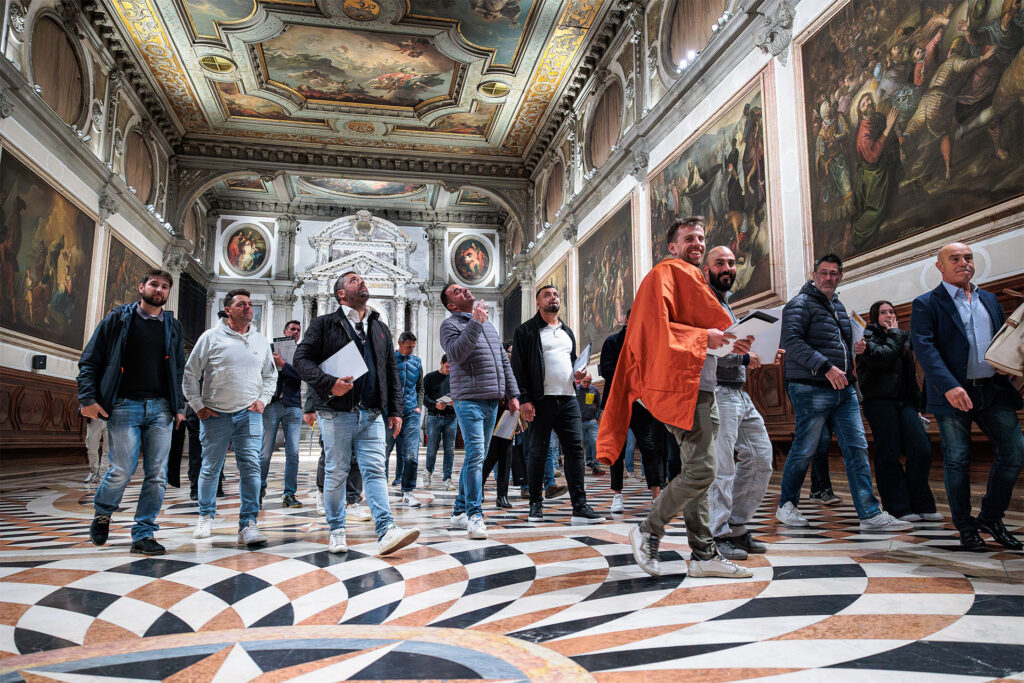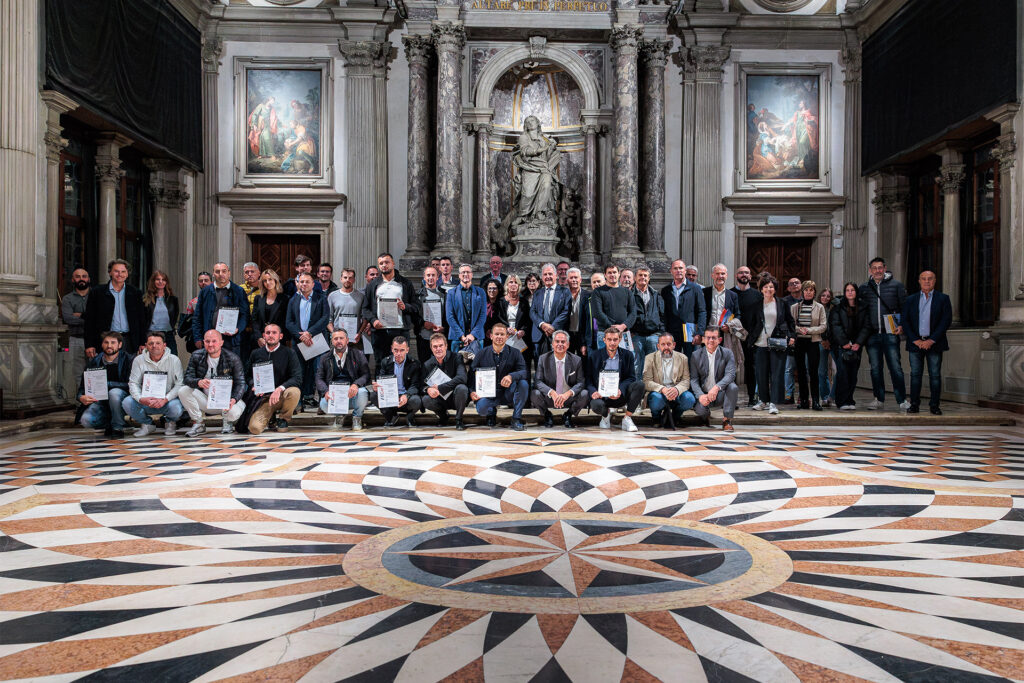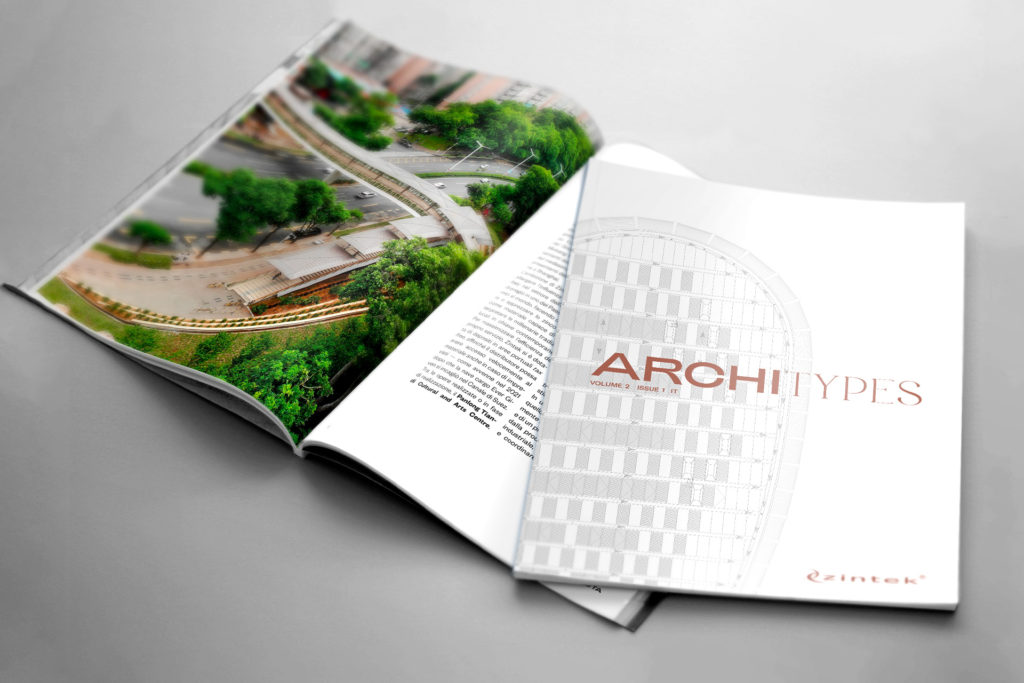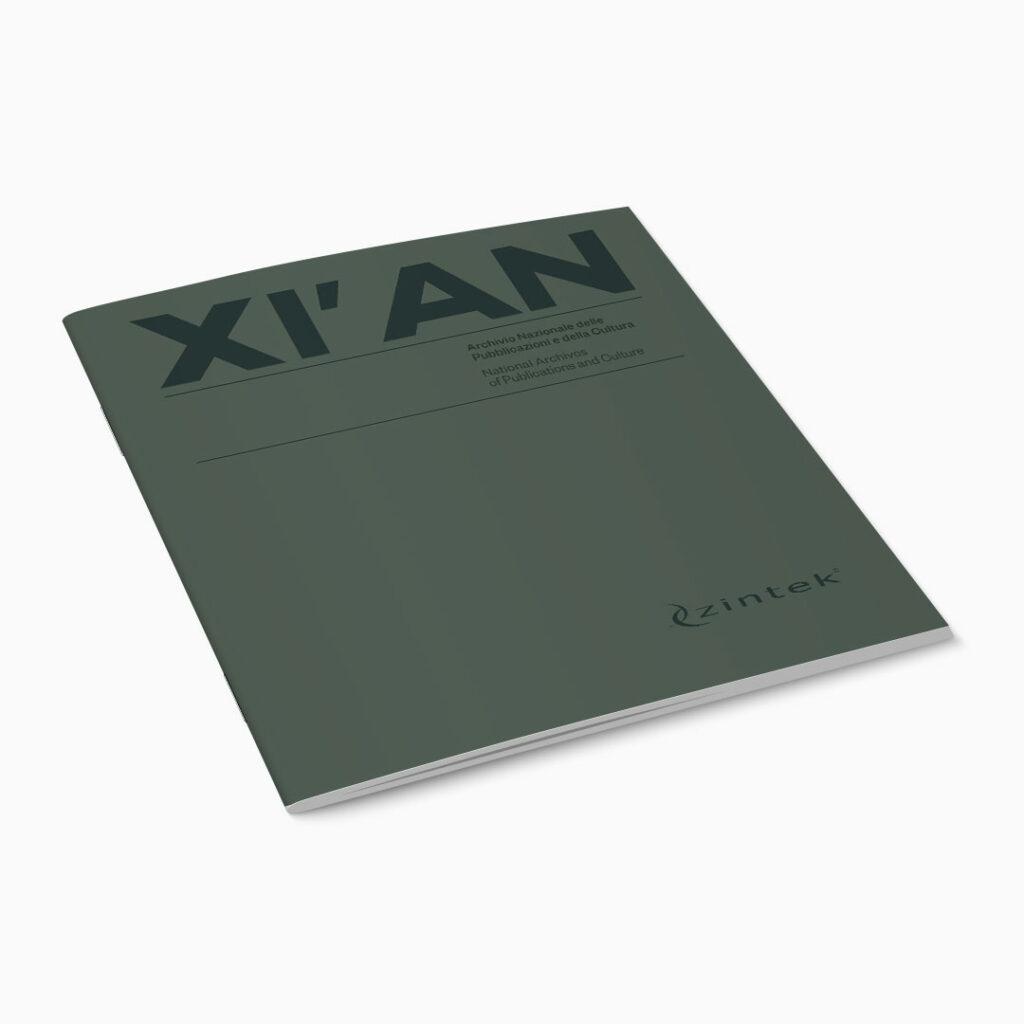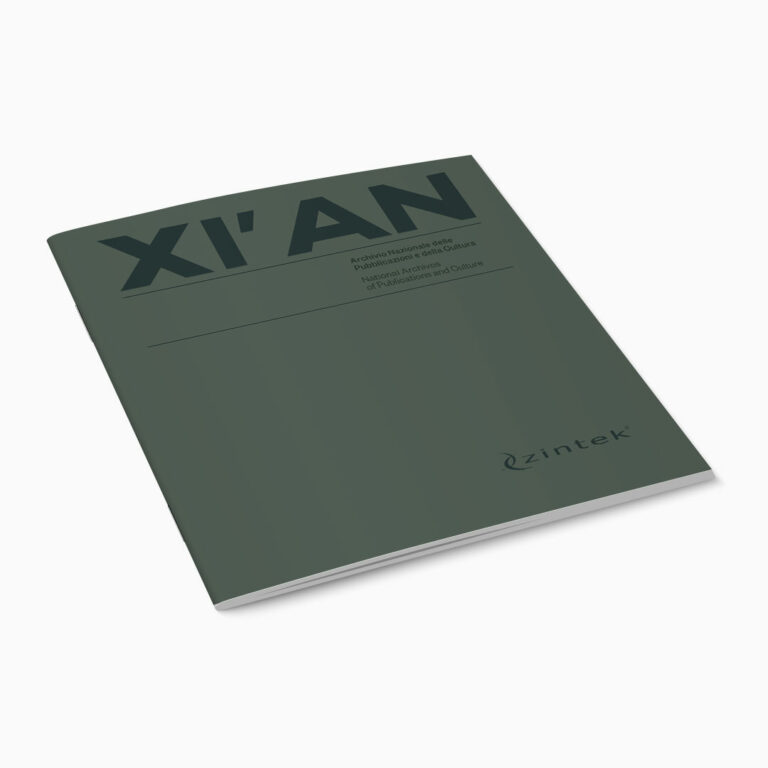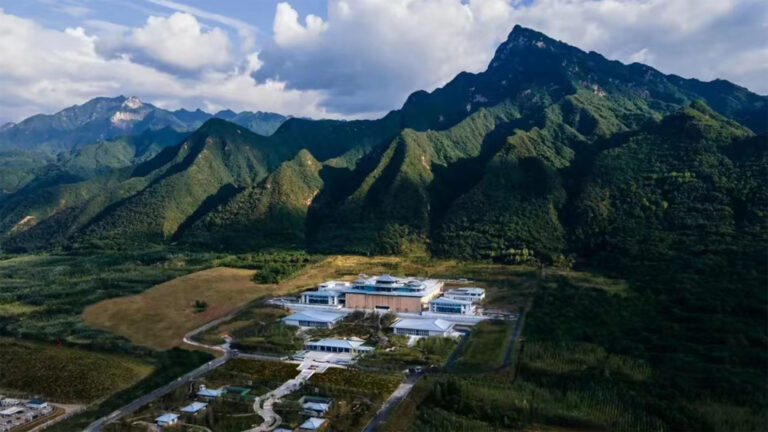The city of Xi’an – the capital of the Chinese province of Shaanxi and the ancient departure point for the Silk Road, with a history dating back many thousands of years – has housed a branch of the country’s National Archives of Publications and Culture (NAPC) since 2022. The archives, commissioned by the Central Committee of the Chinese Communist Party, comprise a headquarters in Beijing and three separate premises in Xi’an, Hangzhou (Zhejiang Province) and Guangzhou (Guangdong Province).
The institution seeks to preserve and spread the word about China’s political and cultural legacy though its publications: the four sites contain ancient tomes, religious texts, prints, family trees, coins, stamps, wooden tablets, and even bone fragments used by oracles in the distant past to interpret the future. The collection currently contains around 25 million books and objects, with the ultimate aim of surpassing 100 million items, as well as a vast collection of digitalized documents and classic texts.
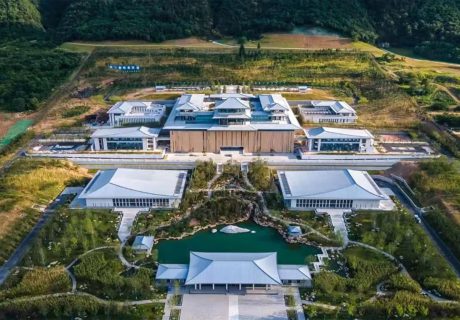

The Xi’an branch
There are over 50,000 volumes inside the Xi’an branch, including seven precious historic editions of the Communist Party Manifesto from different eras. This continues a long Chinese tradition – spanning all the major dynasties – of collecting multiple versions of texts considered particularly important for in-depth study and disseminating them across the country.
The Xi’an site also hosts two exhibitions dedicated to the importance of the Shaanxi region in Chinese history. The first, Keeping Heritage Alive – Classic Western Chinese Cultural Publications, presents more than 1,700 objects, including manuscripts, ancient inscriptions, and exquisite artefacts, displayed across an over 2,000 m2 area.
The second, Chu Masterpieces in Ink: Publications on the Silk Road, is divided into five sections in a 772 m2 space. It features around 600 objects that reflect the Silk Road’s importance, not only as a vital trade route but particularly as a symbol of the meeting of – and dialogue between – East and West.
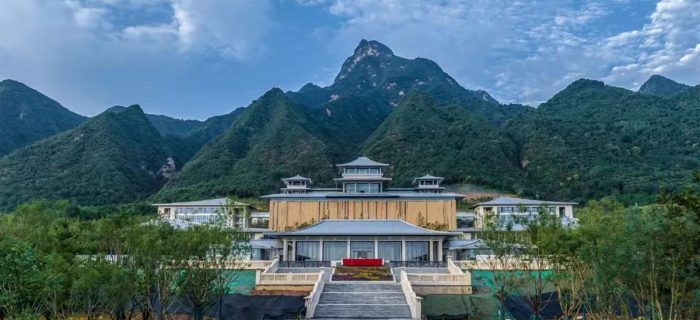
The design
The design of the NAPC branches aimed to forge a new symbol of Chinese cultural heritage. One that could combine local building traditions with more recent technology, particularly when it came to keeping the objects safe. The four museums were all intentionally built in mountainous areas, where they can pass on the treasures of Chinese culture to future generations but with a degree of natural protection provided by the surroundings.
The Xi’an branch is found on Mount Guifeng in the Qinling mountain range. Surrounded by thick forest, it exemplifies the need to achieve harmony between people and nature, material objects and spirituality, respect for the landscape and building needs: apparent contradictions that required conscious and mindful architecture to resolve.
The architect Zhang Jinqiu (张锦秋)
The design of the Xi’an branch was entrusted to the China Northwest Architecture Design and Research Institute, a subsidiary of the China State Construction Engineering Corporation, led by Zhang Jinqiu (张锦秋), an architect and professor at Tsinghua University in Beijing who was made a member of the Chinese Academy of Engineering in 2011. She has been chief architect of the Chinese Capital Building Design Group since 1987, and in 1991 was awarded the honorary title of Construction Master by the Chinese government. She was named as an Academician of China in 1994.
Her work is deeply influenced by traditional Chinese architecture, and strikes a perfect balance between science and beauty, ancient ideas and modern design. Stand-out features of her creations include a focus on symmetry around a central axis, the hierarchical structure of the various elements, and her integration of buildings and gardens. Zhang’s work is mostly concentrated in the Xi’an area, and includes the Shaanxi History Museum and Provincial Library, the Tang Lotus garden, the Famen Temple Museum and the pavilions for the Xi’an World Horticultural Expo.
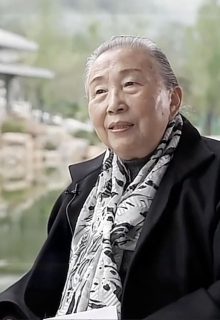
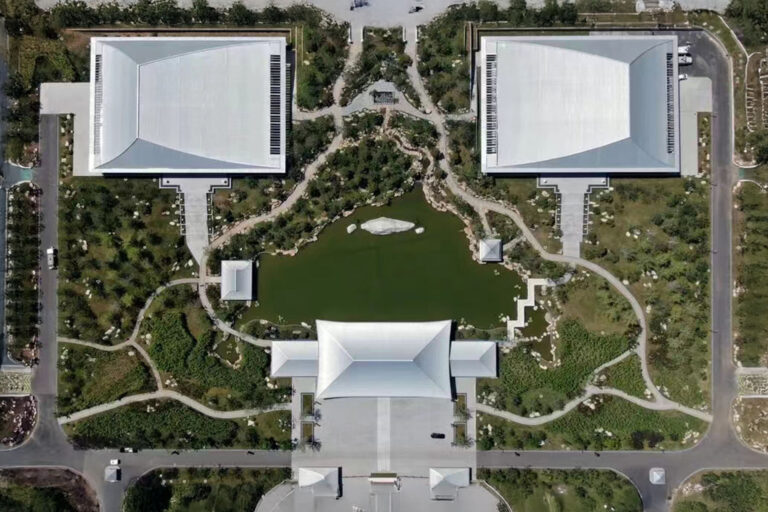
The structure
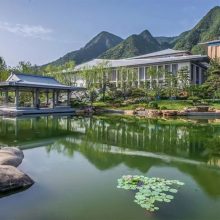
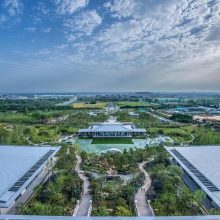
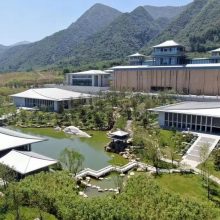
A cultural symbol of a new era
The director of the NAPC Liu Chengyong (刘成勇) neatly summarized the institution’s mission in an interview with the China News Service: to pass down Chinese culture to future generations, strengthen its value, portray the country’s greatness abroad, and promote dialogue between different civilizations. The archives “will form a bridge that facilitates exchanges and mutual learning between China and other countries”, and open up a new cultural window, so the world can better understand China and China can better understand the world.

